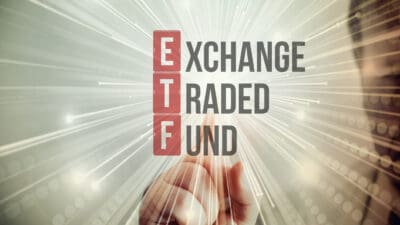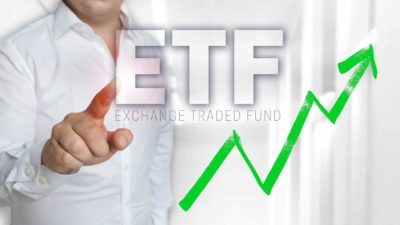Buying exchange traded funds (ETFs) can be a simple way to diversify your ASX portfolio. But those tracking Wall Street's S&P 500 Index (SP: .INX) might not provide the same level of risk protection as other ETFs.
The S&P 500 was launched in 1957 and currently houses around 500 large-cap US stocks.
However, as it now stands, the index is notably concentrated, Morgan Stanley chief investment officer for wealth management Lisa Shalett warns. Here's where she suggests investors put their money when working to diversify their portfolios instead.
ASX ETFs can boast built-in diversification
Portfolio diversification is one of the simplest and most effective ways to reduce the risks born from investing. It essentially means not putting all your eggs in one basket.
By spreading your wealth across numerous stocks operating in different sectors, or listed on different markets, one might be better prepared in the case of a single company, or sector, downturn.
On the other hand, ETFs are essentially a parcel of various stocks, housed in a fund that trades like a share.
ETFs like iShares S&P 500 ETF (ASX: IVV) and SPDR S&P 500 ETF (ASX: SPY) have built parcels of stocks with the aim of mirroring the S&P 500.
So, with the S&P 500 covering around 80% of the US stock market's available market capitalisation, why wouldn't an ETF tracking it be a good diversification buy for ASX investors?
S&P 500 doesn't offer worthwhile diversification: Expert
Well, the S&P 500 might not be as diversified as it might seem, Shalett recently wrote for Morgan Stanley.
That's because of the burgeoning valuations of the US's biggest tech stocks.
Investors have flocked to companies like Apple Inc (NASDAQ: AAPL), Microsoft Corp (NASDAQ: MSFT), and Amazon.com Inc (NASDAQ: AMZN). They're considered defensive buys amid current economic uncertainty, the expert noted.
The below chart shows how the three stocks have risen over the last four months. The vertical axis represents the percentage gained:
The S&P 500 we know and love is weighted by valuation. That means massive growth from the index's 10 largest companies sees them make up almost 35% of its market cap. Shalett wrote:
This means that money deployed into the market-cap-weighted S&P 500 is increasingly a wager on the health of just a few companies—with the fundamentals of the other 490 carrying less weight.
Not to mention, the ten giants are said to have an average price-to-earnings (P/E) ratio of 28. Meanwhile, the trio mentioned above boast a mind-blowing P/E of 66. That's compared to the index's average of around 19.
That means the company's earnings are expected to stay high – a factor that's said to be dependent on low interest rates. Thus, if rates stay high for longer than anticipated, it could prove dire for the stocks.
If not the S&P 500, then what?
So, where does Shalett think investors looking to diversify put their hard-earned money?
She sees opportunities in small-cap stocks, value shares, cyclical companies, and emerging markets.









